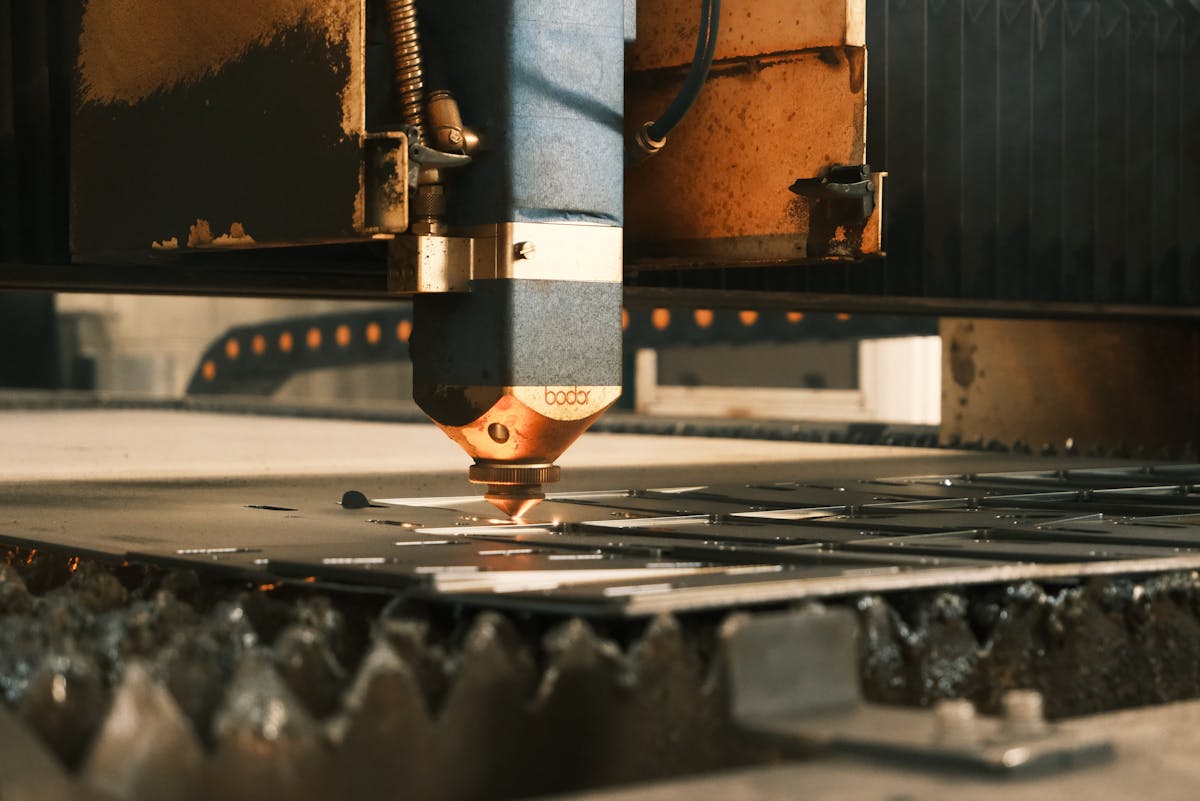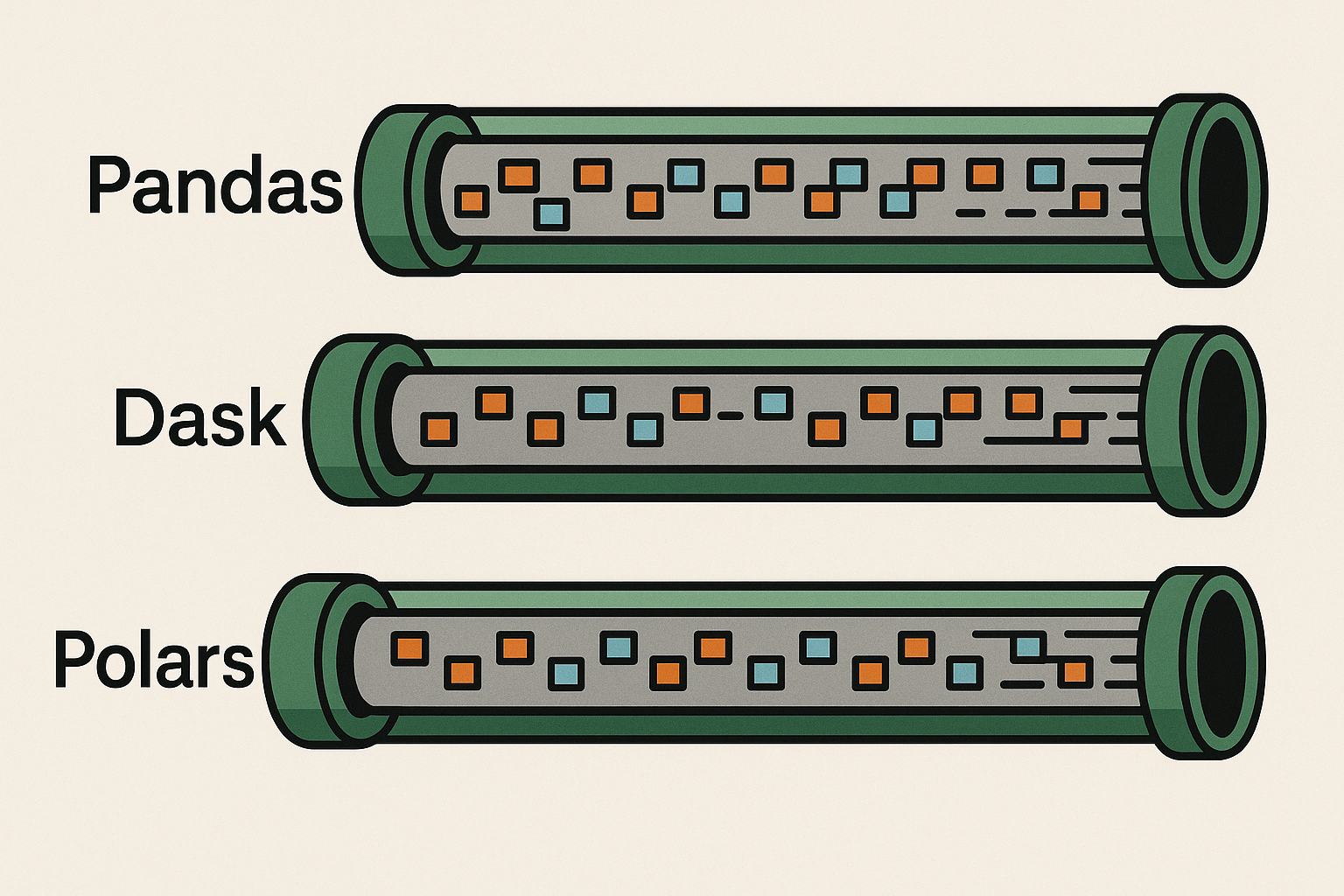What Are Femtosecond Lasers? The Tech Behind Modern Precision
A femtosecond laser is a type of ultrafast laser that emits optical pulses with a duration in the femtosecond range (1 femtosecond = 10⁻¹⁵ seconds). These extraordinarily short pulse durations enable precise energy delivery with minimal thermal diffusion to the surrounding material, making femtosecond lasers indispensable in applications requiring micrometer-scale accuracy and minimal collateral damage.
Femtosecond lasers operate based on the principle of mode-locking, a technique that synchronizes the phase of different frequency modes of a laser cavity, thereby producing a train of ultrashort optical pulses. Due to their ability to deliver high peak powers in extremely short time intervals, femtosecond lasers have revolutionized various scientific, medical, and industrial domains.
Types of Femtosecond Lasers
Titanium-Sapphire (Ti:Sapphire) Femtosecond Lasers
Ti:Sapphire lasers are the most widely used femtosecond laser systems. Operating typically at a wavelength of 800 nm, they are capable of producing pulse durations as short as 5 femtoseconds. These lasers require a pump source, such as a frequency-doubled Nd:YAG or Nd:YVO₄ laser, and are often employed in fundamental physics research, spectroscopy, and nonlinear optics due to their broad tunability and ultrashort pulse capability.
Fiber-Based Femtosecond Lasers
Fiber femtosecond lasers utilize doped optical fibers, such as erbium- or ytterbium-doped fibers, as the gain medium. These systems offer high stability, excellent beam quality, and compactness. Fiber-based femtosecond lasers are commonly employed in telecommunications, biomedical imaging, and materials processing.
Disk and Thin-Disk Femtosecond Lasers
Disk lasers, including thin-disk femtosecond lasers, use a thin layer of lasing material that is cooled efficiently to manage heat dissipation. These lasers are suitable for generating high average power with ultrashort pulses, making them ideal for industrial applications like micromachining and surface structuring.
Diode-Pumped Solid-State (DPSS) Femtosecond Lasers
DPSS femtosecond lasers are pumped by laser diodes and often use crystals like Yb:KGW or Yb:YAG. These lasers combine high pulse energy with robust performance and are used in ophthalmology and micromachining due to their precision and operational reliability.

Modern-Day Implications and Applications of Femtosecond Lasers
Precision Micromachining in Industry
Femtosecond lasers are extensively used in industrial micromachining, especially in applications requiring minimal heat-affected zones (HAZ). They enable the fabrication of intricate structures in materials such as metals, polymers, ceramics, and semiconductors. For example, femtosecond laser ablation is employed to drill high-precision holes in fuel injector nozzles, improve solar cell efficiency through surface texturing, and manufacture MEMS (Micro-Electro-Mechanical Systems).
Advanced Biomedical Imaging and Surgery
In the medical field, femtosecond lasers have revolutionized ophthalmic surgery, particularly in refractive procedures such as LASIK. The laser is used to create corneal flaps with submicron precision, reducing healing time and improving surgical outcomes. Additionally, femtosecond lasers are used in two-photon fluorescence microscopy for deep tissue imaging, offering high spatial resolution with minimal photodamage.
Ultrafast Spectroscopy and Fundamental Research
Femtosecond lasers are vital in ultrafast spectroscopy, allowing scientists to observe molecular and electronic dynamics on timescales shorter than the vibrational periods of atoms. These capabilities enable breakthroughs in understanding chemical reactions, energy transfer processes, and quantum phenomena in real-time.
Semiconductor Fabrication and Photonics
In the semiconductor industry, femtosecond lasers are used for processes such as wafer dicing, thin-film patterning, and defect analysis. Their ability to process materials without causing significant thermal damage is critical for ensuring the integrity of delicate electronic components. In integrated photonics, femtosecond lasers facilitate the direct writing of optical waveguides and circuits within transparent materials like glass.
Data Storage and Nanostructuring
Femtosecond lasers have paved the way for high-density optical data storage through the creation of nanostructures in bulk materials. Techniques such as 5D optical data storage—involving spatial dimensions and polarization states—are being explored using femtosecond pulses for long-term, high-capacity archival storage.
Conclusion
Femtosecond lasers, with their unparalleled precision, high peak power, and minimal thermal impact, represent a cornerstone of modern science and technology. Their diverse range of types—ranging from Ti:Sapphire to fiber-based configurations—enables tailored solutions for research, industrial manufacturing, and medical interventions. As advancements in ultrafast laser technology continue, femtosecond lasers are expected to drive innovation across an even broader spectrum of applications in the years to come.








